The World’s Most Poisonous Plants

There are many attractive plants that are common in Aussie gardens and households and that happen to be quite deadly. Solanine, cicutoxine, cardiac glycosides, and oxalates are just a few examples of toxic compounds. If you want to keep your loved ones safe but you are also a gardening enthusiast, knowing which houseplants are poisonous plants is extremely important.
Our recommendation is to grow poisonous plants in a safe place. Ideally where children and pets won’t reach them. Alternatively, avoid growing them altogether. Growing poisonous plants can become complicated if you have a pet cat. Cats like grass-like leaves and trailing plants. They can reach the highest shelves, so you might be better off avoiding dangerous plants as much as possible.
There are hundreds of ornamental houseplants that are poisonous, but throughout this article, we’ll only focus on the ones that are very dangerous and very popular at the same time. Are you curious to find out whether you might be growing deadly plants in your home or in your garden? Keep reading!

Oleander
Oleanders are popular ornamentals thanks to their beautiful blooms, easy-going nature, and dense foliage. They belong to the Apocynaceae plant family that includes many flowering plants, vines, shrubs, herbs, and trees. The plant family ‘Apocynaceae’(which means ‘dog-away’ in Greek) is commonly referred to as the ‘dogbane’ family. This is owed to the fact that many plants belonging to this category were used as dog poison in the past. The oleander is a beloved member of this plant family. It can be grown in containers or as a hedge. If you are currently growing Oleanders or are considering adding them to your plant family, it is important to know that all parts of the Oleander plant are deadly.
Oleanders, including the popular Pink Oleander (Nerium Oleander) and Yellow Oleander (Thevertia Peruviana) contain nerine, oleandrin, and other lethal cardiac glycosides and toxins. As a result, all parts of these plants can cause seizures, heart problems, digestion problems such as vomiting and diarrhoea, and even death. The toxins found in the stems, leaves, and blooms of Oleanders are so toxic that people can become intoxicated even after eating honey made by bees that visited Oleander blooms, by swimming in pools where Oleander leaves or blooms are present, or by accidentally burning these plants. In addition to that, the sap can also irritate the skin, so it’s wise to use gloves whenever you’re pruning or repotting your Oleanders. That’s pretty scary, but the good news is that Oleander poisoning is rare because the plant is very bitter and not at all attractive to animals or humans.
Gympie-Gympie
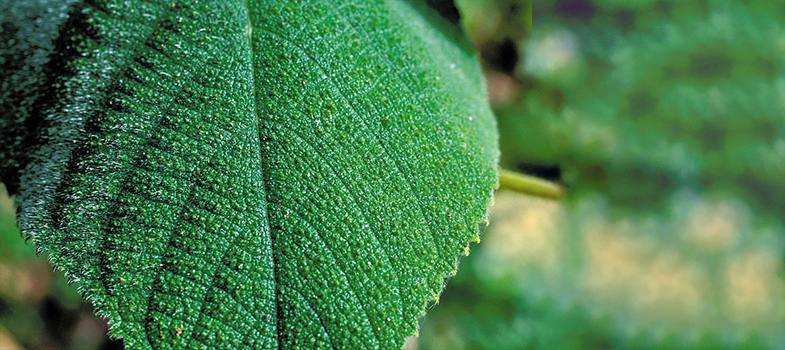
Dendrocnide moroides is commonly referred to as Gympie-Gympie. Gympie-Gympie is a plant that is found in the Australian rainforests and that belongs to the nettle family. This plant is considered the ‘world’s most dangerous plant’ and it has gained many scary nicknames over the years including ‘Stinging Bush’, ‘Suicide Plant’, or ‘Queensland Stinger’. Wondering what makes Gympie-Gympie so dangerous? That would be its venom which produces an excruciatingly painful sting. Just touching this plant can cause severe pain that lasts for weeks and sometimes even months. Additonally, there is no effective cure to treat the pain caused by touching Gympie-Gympie. Even morphine has been rendered inefficient. The good news is that Gympie-Gympie is only common in Queensland. It is also listed as an endangered species in New South Wales.
Brugmansia
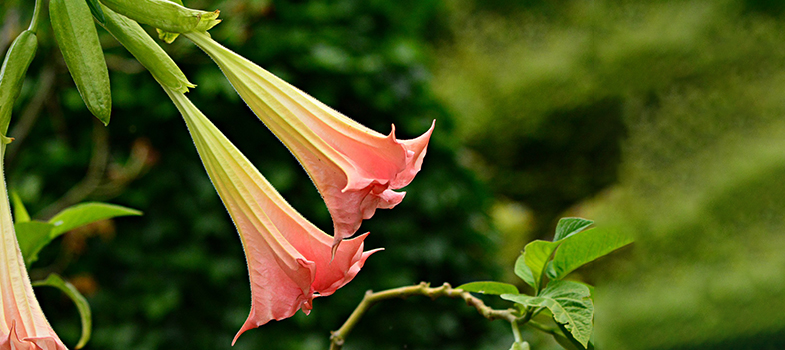
Commonly referred to as Angel’s Trumpet, Brugmansia is a popular garden ornamental in the warmer regions of Australia. Appreciated by gardeners for its attractive and fragrant blooms, Brugmansia also hides a dark secret. Its leaves and seeds are highly toxic. This plant is rich in alkaloids such as hyoscyamine and scopolamine. Therefore ingesting any part of the Brugmansia plant can result in digestive problems, migraines, confusion, paralysis, and even death. Some people can even be allergic to the fragrance of Brugmansia plants. This plant tastes way too bad to make it attractive to pets. However, you should still be extra careful when growing it, especially if you have children.
Plumeria
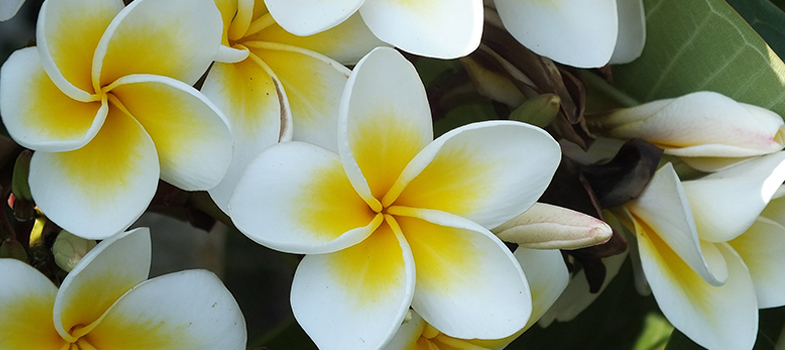
Plumeria rubra, a.k.a frangipani , is an attractive flower that thrives in tropical and subtropical climates. This plant is quite popular in the warmer regions of Australia. It produces beautiful blooms, and it has a pleasant and sweet fragrance. But what most people don’t know about frangipani is that it belongs to the aforementioned ‘dogbane’ plant family. Meaning that it is very poisonous. All parts of Plumeria rubra are highly toxic and the sap produced by this plant can cause irritations. Animals are not tempted to munch on these plants. This is because they are extremely bitter due to their high concentration of alkaloids, so plumeria poisonings are quite rare. However, touching and eating any part of this shrub can cause serious health problems. Therefore, you might want to think twice about whether this plant would make a good addition to your plant collection.
Hemlock
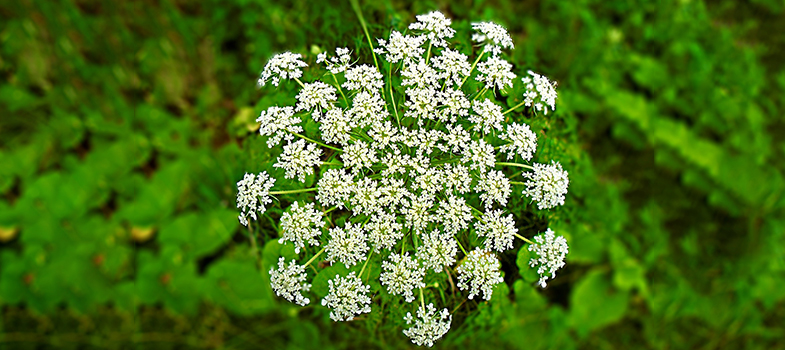
Poison hemlock (Conium Maculatum) is a herbaceous plant that has become naturalized in the south-eastern parts of Australia. This plant is quite common in Eastern New South Wales, Tasmania, and Victoria. In fact, hemlock is regarded as an environmental weed. You probably won’t find Hemlock in well-kept gardens. You’ll most likely come across this plant around waste areas. Additionally, hemlock is found along roadsides, near stockyards, and in the vicinity of disturbed sites.
But regardless of where you encounter Hemlock, it’s best to avoid touching it. This is because this plant is extremely toxic to both humans and animals. All the parts of Hemlock are poisonous. The plant tends to be more toxic when its exposed to full sun. Handling Poison-hemlock must be done by wearing gloves, wearing a face mask and taking frequent breaks. People can get allergic reactions if their skin is exposed to Hemlock. Ingesting this plant can lead to dizziness, heart problems, paralysis, respiratory failure, and even death.
Peace Lily
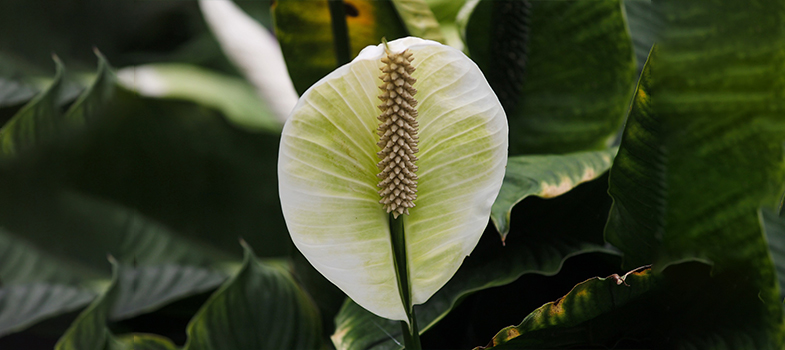
Spathiphyllum plants, commonly referred to as Peace Lilies are popular ornamentals that produce attractive blooms and that thrive indoors. Although this plant isn’t actually poisonous, we added it to our list due to its popularity. Additionally due to it being a source of calcium oxalate crystals. This plant can be quite bothersome to children and pets, and even some adults.
The pollen of the Peace Lily blooms contains calcium oxalate crystals. These can cause irritations and other health issues when licked off the paws and fur. What makes these crystals so problematic is the fact that they are insoluble and needle-sharp. Therefore when they come into contact with tissue, they will cause an inflammatory reaction. But, when handled with care and kept in a safe spot, Peace Lilies are amazing ornamental houseplants.
Milky Mangrove and other Euphorbias
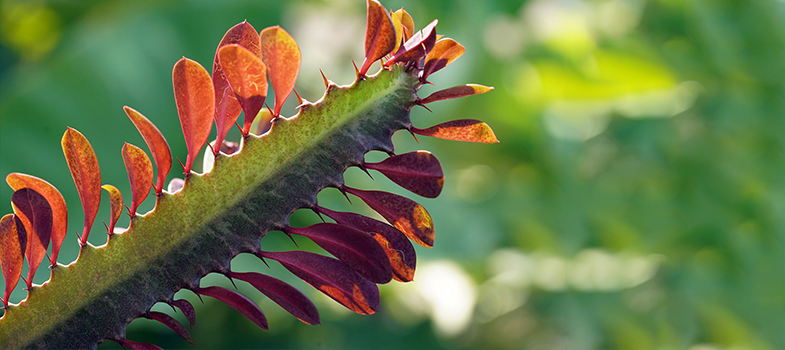
The ‘Milky Mangrove’ shrub is found in Australia. Including New South Wales, Western Australia, and Queensland. It belongs to the Euphorbiaceae family. If you’re wondering why we’ve added it to our list it’s because people sometimes refer to this plant as ‘blind-your-eye-mangrove’. Like most Euphorbias, the Milky Mangrove produces a white milky sap. It is very toxic and can cause temporary blindness if it comes into contact with your eyes. Skin irritation and blistering are other common and very unpleasant effects that Milky Mangrove can have when touched. Therefore it’s quite important to handle this plant with caution.
As mentioned above, the Euphorbia genus includes many plants (over 2000) that produce poisonous sap. Euphorbias are popular ornamentals, so it’s likely to have one or two in your plant collection. Euphorbias grown for ornamental purposes are Poinsettia, African Milk Tree, Crown of Thorns, Wood Spurge, Pencil Cactus, etc. The sap of Euphorbias is called ‘latex’. It can cause serious health problems such as blindness and inflammation.
When handling Euphorbias it’s highly recommended to use protective gloves and even protective eyewear. If you get sap on your skin, wash your hands thoroughly with soap and water. If the sap becomes difficult to remove, you can use milk. It is worth mentioning that just because Euphorbias contain toxic sap, that doesn’t mean that you should avoid them altogether. Just make sure you’re extra careful when handling them and keep them within a safe distance from your children and pets. You can learn more about Euphorbias and other succulents and cacti from our Definitive Guide to Cacti and Succulents for Beginners.
Should I Stop Growing These Plants?
So, should you stop growing these plants because of their toxicity? Specialists recommend removing toxic plants if they are growing in places where children or animals can easily reach them. If you’re fond of your ornamentals, make sure you keep them within a safe distance from your kids and pets.
Outdoors, some poisonous plants including Oleanders can reemerge from left-behind roots or suckers, so permanent removal of Oleander plants might require professional help. Potted plants can be discarded more easily, but make sure you’re wearing protective gloves, protective eyewear, and be extra careful when disposing of them. Unlike other garden clippings, clippings from poisonous plants should never be added to the compost heap due to their toxicity.
Toxic leaves and stems will contaminate the compost and make it dangerous to use. Burning toxic plants is extremely dangerous because the resulting smoke is extra-toxic. So, the only safe way to dispose of toxic plants is by loading them in heavy plastic bags and throwing them in your regular trash. If you’re not sure how to handle dangerous plants, it’s recommended to contact a plant removing expert. You can also find free health advice here and more information about garden plants that are poisonous to people here.
What are some beautiful ornamental plants that are non-toxic and safe to grow around kids and pets?
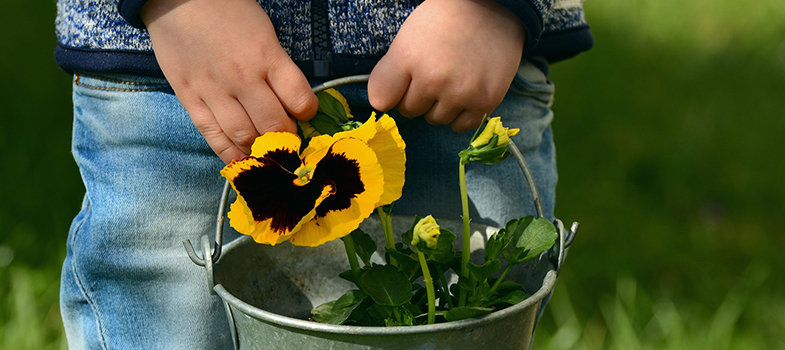
Throughout this article, we’ve discussed some of the most dangerous and toxic plants. So now you might be wondering what plants are completely safe to grow around your kids and pets. The good news is that there are plenty of beautiful plants that are non-toxic, that are easy to care for, and that will reward you with beautiful blooms and attractive foliage you can view our range of non-deadly plants such as orchids, Hoya Australis, and the Parlour Palm. If you are a novice gardener and want to learn more about growing beautiful plants, you can check out our Guide to Growing Indoor Plants.
A final note
Having plants around is important and so is being able to determine whether they are toxic or not. There are many popular ornamentals that are extremely poisonous such as oleanders, frangipanis, and brugmansias that need to be handled with caution. When growing these plants in your garden or in your home, you might want to think twice about whether it’s worth the risk or not. Luckily, there are many plants available on the market that are completely safe and that don’t have any toxic effects on humans and animals. So, to avoid any unpleasant situations, make sure you check whether your plants are toxic or not.
You can find many non-toxic plants in our shop that will make perfect gifts for your friends and family. If you have any questions about our plants, do not hesitate to contact us.

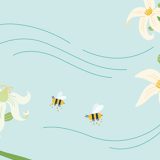
Comments are closed.